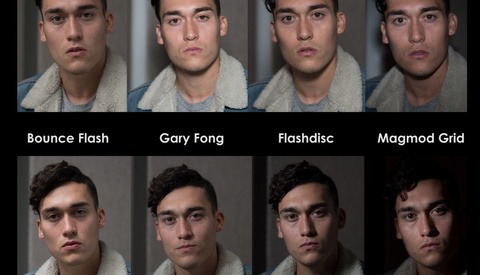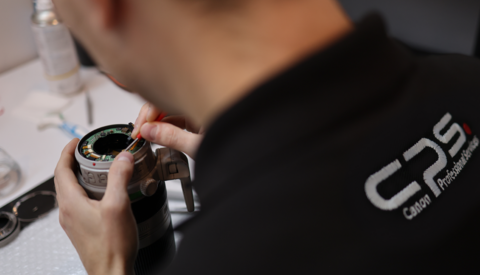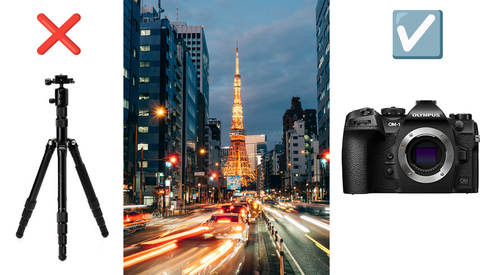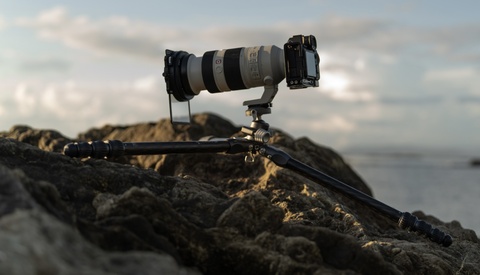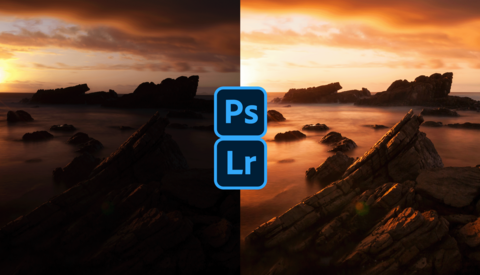Use the Histogram on Your Camera to Your Advantage
We all know how a histogram has to be read, or at least we should know. It is a handy tool to check if the exposure of the image is correct, or as correct as possible. If the image is not exposed correctly we can read the luminance histogram on our camera LCD screen and know exactly how much the exposure needs to be corrected. Well, perhaps not exactly, but enough to prevent us from guessing.























